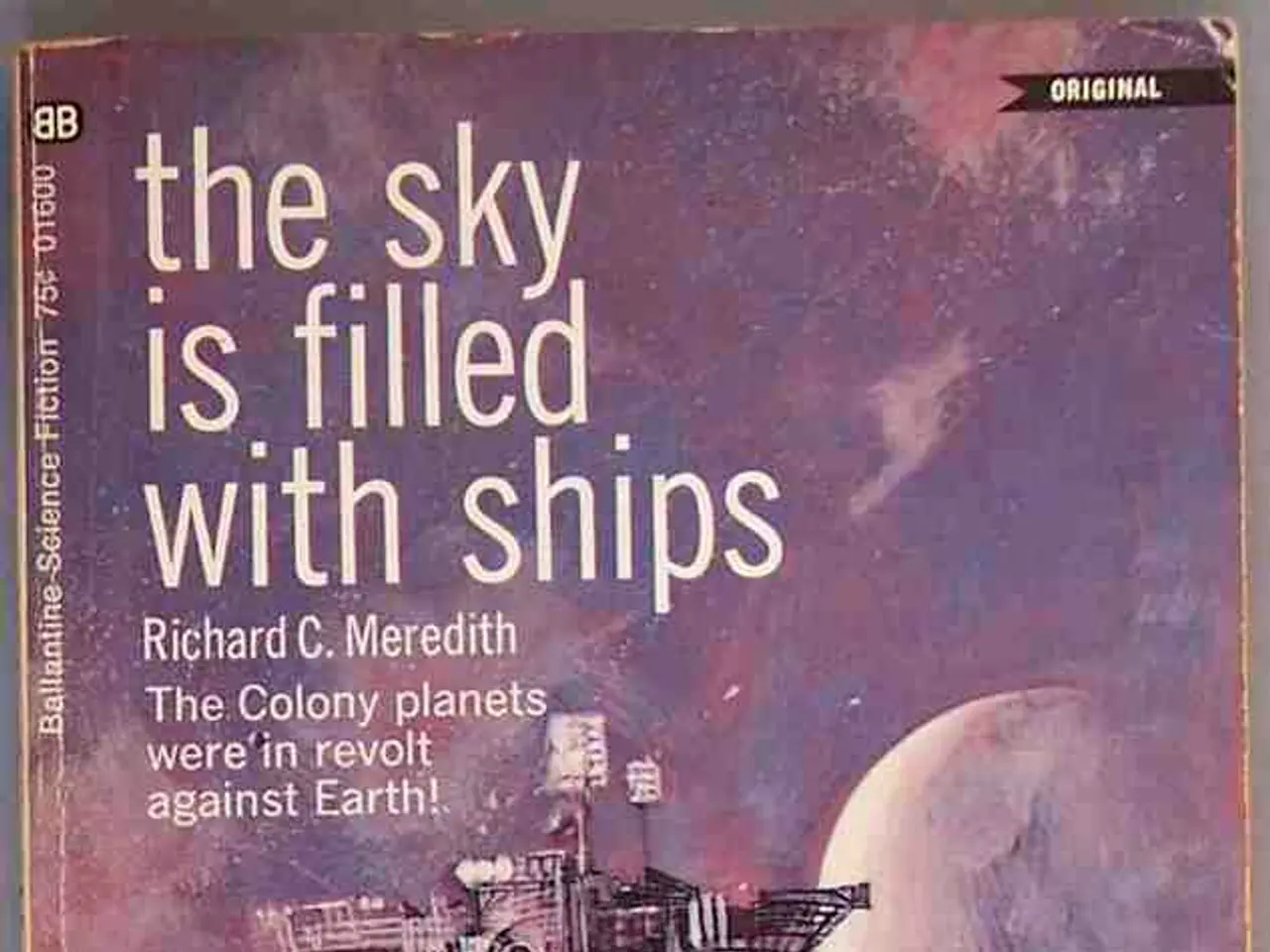Evident Discovery of Potential Indicators Suggesting Dwarf Planet Ceres Might Have Previously Fostered Biological Activity According to NASA
In a groundbreaking development, researchers have proposed that the dwarf planet Ceres, located between Mars and Jupiter in the asteroid belt, may have been habitable in the past. This intriguing suggestion comes from a new study published in Science Advances on August 20, led by an international team of scientists.
Ceres, being the largest object in the asteroid belt, relied solely on the heat from its own interior for warmth and activity. However, it is important to note that there is no atmosphere on Ceres. The surface temperatures of Ceres swing between -93°C to -33°C, making it a frigid world. The gleaming white patches on its surface are likely salt, not signs of life.
During a crucial period, known as metamorphism, between 0.5 and 2 Giga-years after its formation, Ceres was potentially the most habitable. The researchers suggest that Ceres may have had an ocean warmed from within by a radioactive heart. Their model shows that between about 500 million and 2 billion years after Ceres formed, its core likely reached up to 800 Kelvin (around 527°C), which was hot enough to cook the minerals in its core and release volatile compounds into a subsurface ocean.
This internal heat source could have provided chemical energy for hundreds of millions of years, potentially long enough to support life. The deep pore fluids on Ceres contained high concentrations of hydrogen and carbon dioxide, ideal for methanogenesis. The authors of the study calculated that a single kilogram of deep pore fluid could have supported up to 3 trillion microbial cells.
NASA's Dawn mission, which studied Ceres extensively, found evidence of an ancient briny reservoir and carbon-based organic molecules on the dwarf planet. A sample return mission to collect surface salts from Ceres could reveal isotopic fingerprints left behind by deep interior fluids, potentially confirming the presence of energy-rich gases.
The National Academies' 2022 decadal survey recommended a sample return mission to Ceres under the theme "Origins, Worlds, and Life." If Ceres was habitable in the past, then there may be tens of asteroids and moons that were also habitable. This new research adds the final piece in the habitability puzzle: a long-lasting internal energy source.
This exciting discovery not only sheds light on the potential habitability of Ceres but also opens up possibilities for other icy bodies in our solar system, like the moons of Uranus and some of Saturn's smaller satellites, which share similar size and composition with Ceres. The future of astrobiology looks promising as we continue to unravel the mysteries of our solar system.





